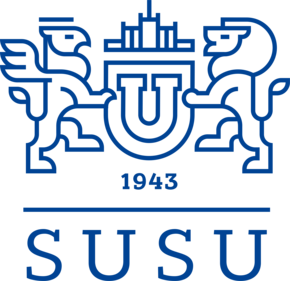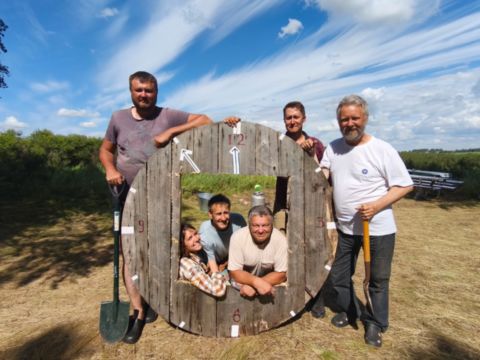A new archaeological study by Polina Ankusheva and Doctor of Sciences (History) Andrey Epimakhov, Deputy Director of the SUSU Institute of Media, Social Sciences and Humanities, is devoted to the origin of horses and sheep used by ancient miners of the Ural Region in the Bronze Age. The work was published in the Archaeology of Eurasian Steppes international journal, which is included in the second quartile of the Scopus citation database.
In order to understand the peculiarities of life in the “fossil” eras, scientists study not only the remains of humans, but also those of the domestic animals that accompanied them.
This time, the subject of the study is the domestic animals of the miners' settlements. We are talking about the Novotemirsky and Vorovskaya Yama ancient mines, which belong to the Alakul culture, that is, the South Ural region culture in the Late Bronze Age (17th−16th centuries BC). Both settlements are located in the south of the Urals, 80 kilometres apart from each other.
The main method of analysis was the ratio of 87Sr/86Sr strontium isotopes in the bones of domestic animals. For each geolocation, this value is unique, and with its help it is possible to trace where a person, a cow, or a horse came from to the South Ural region.
It was assumed by default that if settlements belong to the same culture, the same time and are located in the same region, then their economic life should be similar. The work by South Ural archaeologists refutes this thesis.
It turned out that the horses and sheep found in the Novotemirsky miners' settlement had spent their entire lives where they had been born, not moving more than 10-15 kilometres from the mine. But part of the herd from the Vorovskaya Yama settlement had been driven to the mine from a hundred or more kilometres away.
The simplest explanation is that the Novotemirsky mine had been located three hundred meters from the river, while the path to the watering place from the Vorovskaya Yama had been several kilometres.
In the Bronze Age, sedentary cattle breeders had been the bulk of the population in the Ural-Kazakhstan region, so it is not surprising that miners from Vorovskaya Yama had sent part of the mined ore or cast metal for export − in exchange for domestic animals or their meat. No signs of intertribal contacts were recorded among people from Novotemirsky.
It is possible that people from Novotemirsky themselves had been of local origin, and the founders of the Vorovskaya Yama mine had come from afar to engage in a profitable business. Perhaps the export of horses and sheep had been associated with the peculiarities of the ore mining technology in Vorovskaya Yama. However, it is also possible that the exchange and export of horses had been the business of local nomadic groups.
At the moment, we can only guess about this, while the conclusions by the SUSU archaeologists warn against hasty generalizations and extrapolations. It is possible that the difference in the lifestyle of miners from different settlements would lead to new discoveries in the field of culture of the Ural-Kazakhstan steppes of the Bronze Age.
The work was supported by a grant from the Russian Foundation for Scientific Research.




